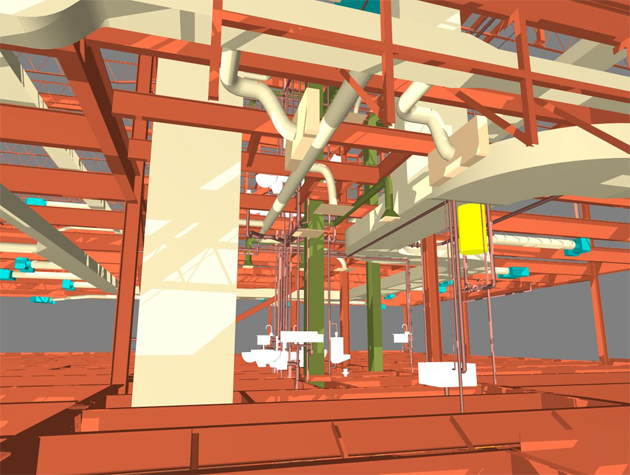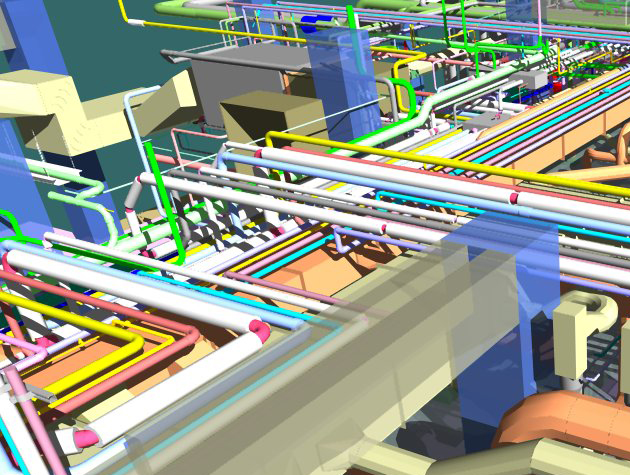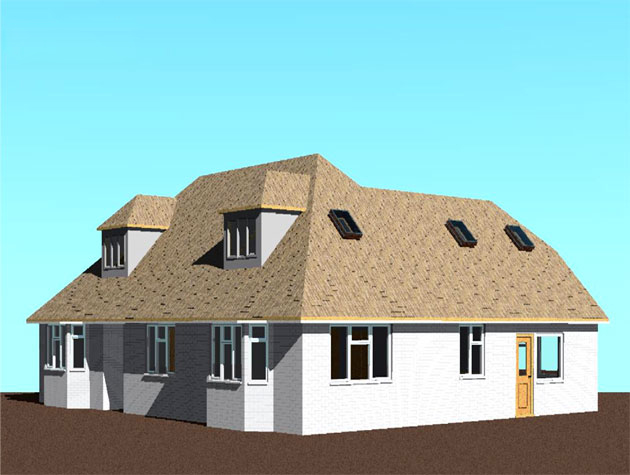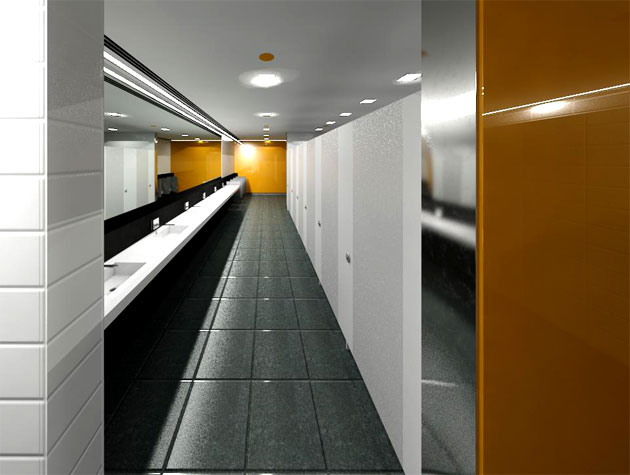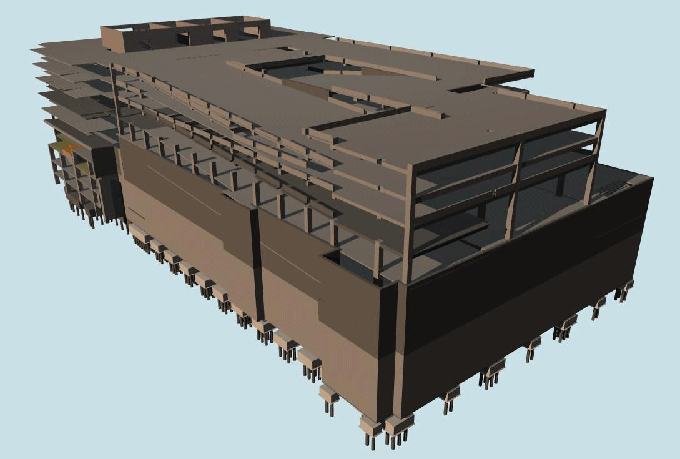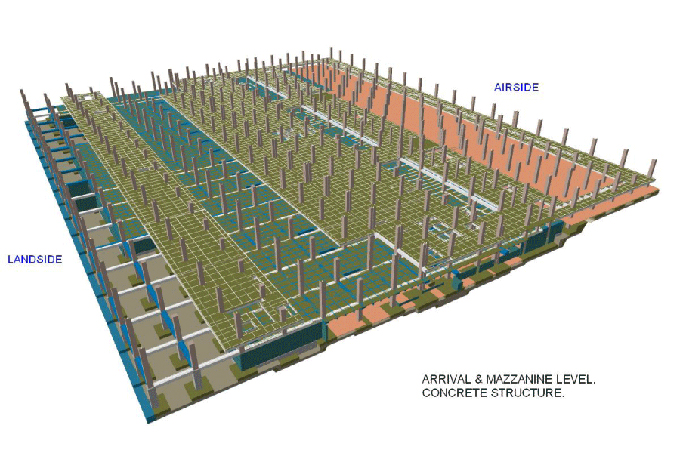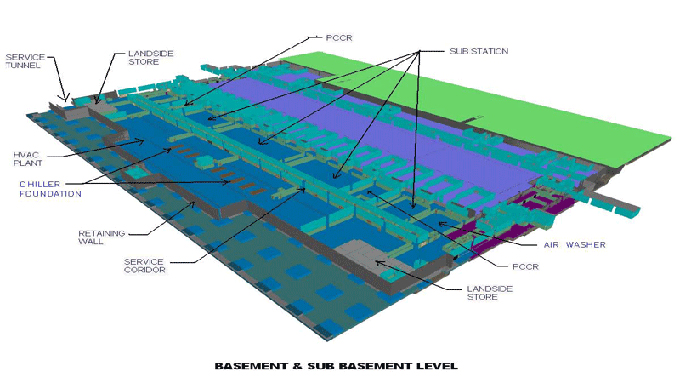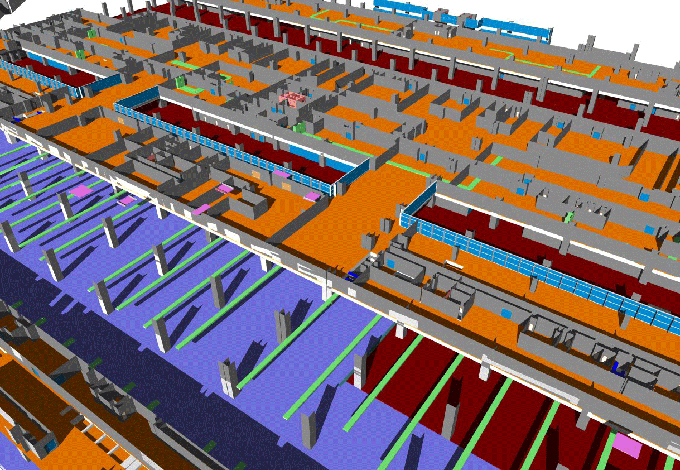How 4D BIM add values to any BIM projects
Tweet
In this exclusive BIM video tutorial, Fred Mills, the co-founder of the B1M, briefly describes the definition as well as the importance of 4D BIM on building information modelling (BIM) projects.
BIM stands for the technique for generating information models or data sets which are developed with graphical and non-graphical information in a common digital space called as a Common Data Environment (CDE). Plenty information is created with the advancement of the project phases unless the complete data set is passed on to the Client and/or end user at completion.
When an information model is generated, it is possible to add scheduling data to various components for producing perfect programme information and facilitating successive visuals of your project's development. This process is known as 4D BIM.
5D BIM means combining in cost data with the purpose of providing support to cost planning and making estimates whereas the integration of information to support facilities management and operation is known as 6D BIM.
4D BIM comprises of time-related information that is related to various components of an information model. For a particular element or work area, that may contain details on its lead-time, construction and installation period, curing and drying allowances, sequencing or its interdependencies with other areas. With this data incorporated, planners will be able to instantly develop perfect programmes for projects on the basis of one trustworthy source of consolidated information. The particular activities and items inside those programmes can be associated with their graphical representations.
The addition of time-related attribute data also allows formation of 3D visuals concerning a project's development that demonstrates how it will be built up and how both the structure and surrounding site will be visible at each phase. It is very effective in the context of planning work in a secure and rational way to enhance the effectiveness on job site. By accessing programme and visual information, project teams get the ability to efficiently prototype assets in a virtual environment early and give quick feedback on the modification of design or methodology to their colleagues.
Such an approach facilitates to redress last minute on-site design co-ordination and rework, finally removing waste from the delivery process and helping to accelerate the process. It can simplify the cost base for project teams and enhance their strength, whereas minimizing overall delivery costs for Clients.
4D BIM is also very suitable for disclosing the influence of built assets with local Stakeholders throughout delivery and completion of project. Everyone can view and perceive a clear understanding of how the asset will look.
4D can evaluate the usefulness of schemes at any phase of a project. It's also effective throughout tendering if it becomes necessary to instantly understand a project or illustrate and create confidence around your methodology inside of the selection process.
To get more clear ideas, go through the following video tutorial.
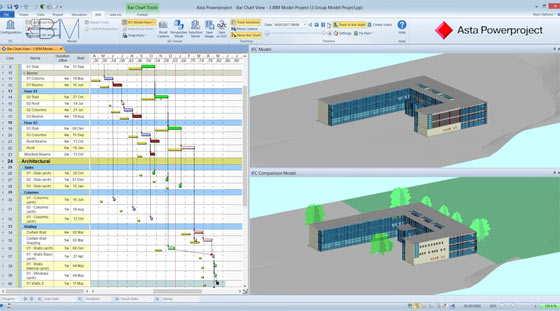
Gallery
Feel free to contact us for BIM requirements. One of our representative will respond you within 24 Hours. Send us your projects requirement today and grow your project.
Explore More !
